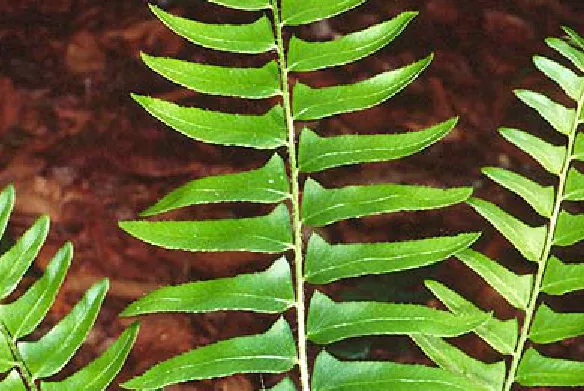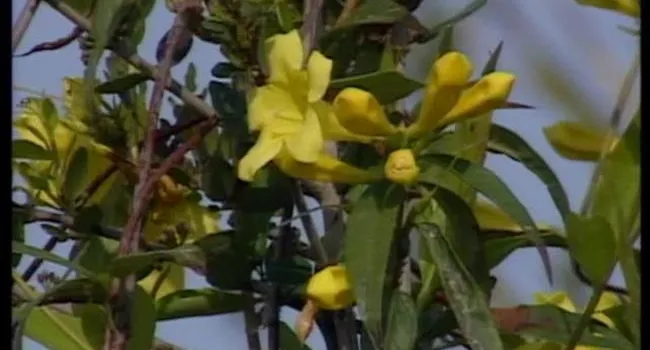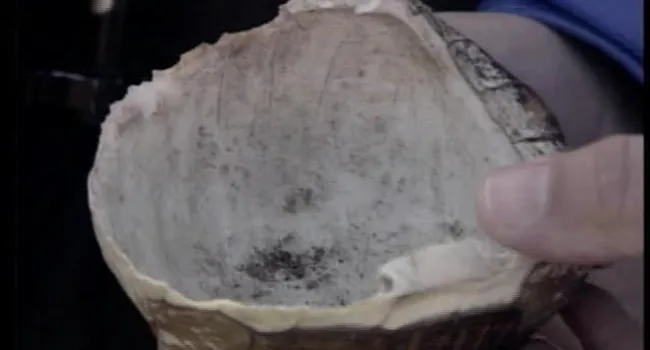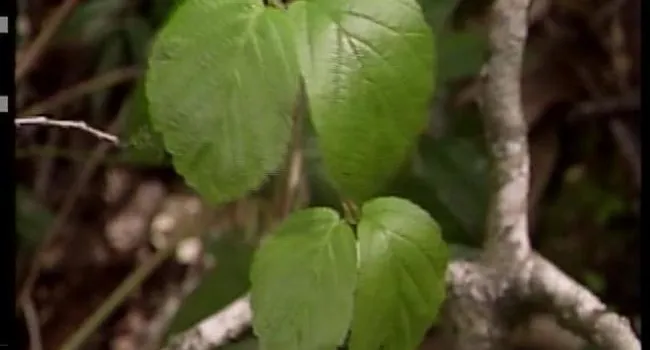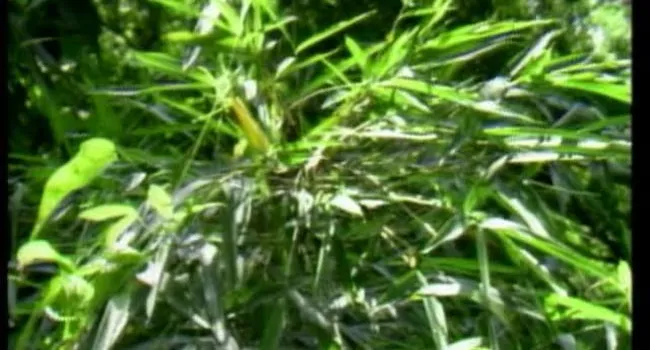
Congaree Swamp (S.C.) Stop 4 5
Episode
5
Video
At the next stop, Rudy and Jim analyze more of the plants found in the area: Hackberry trees, and Switch Cane dominate the area. A healthy Poison Ivy can be seen completely encasing a dead oak tree.